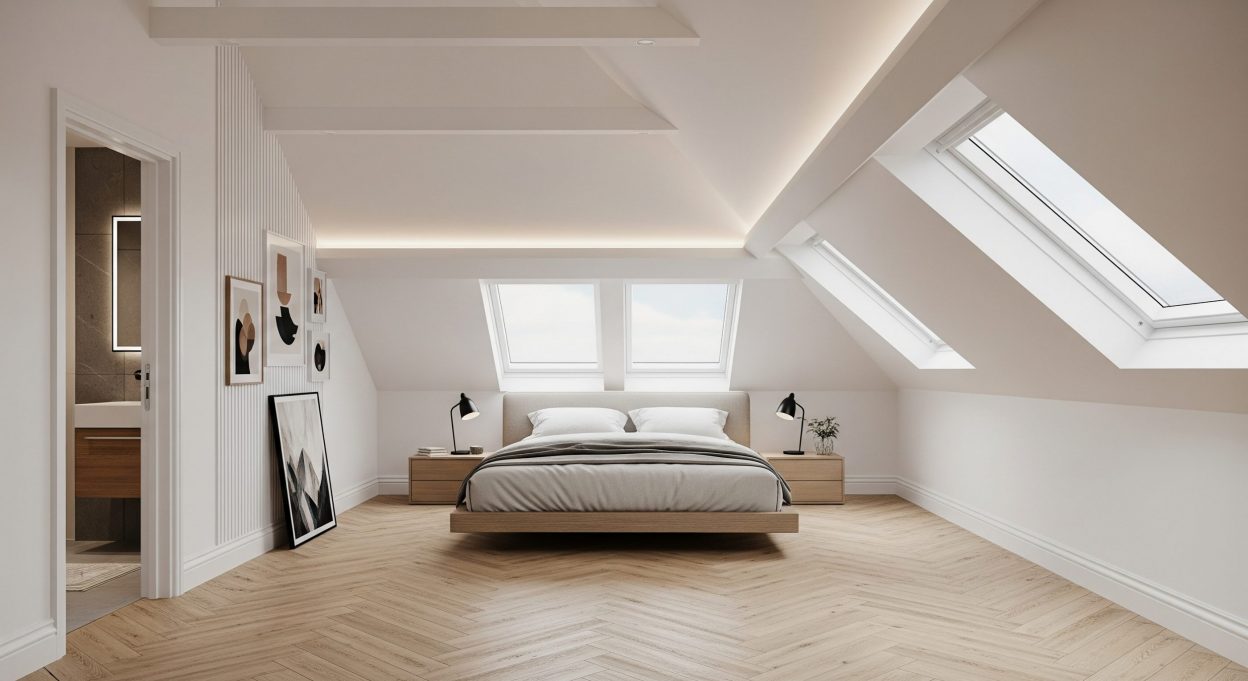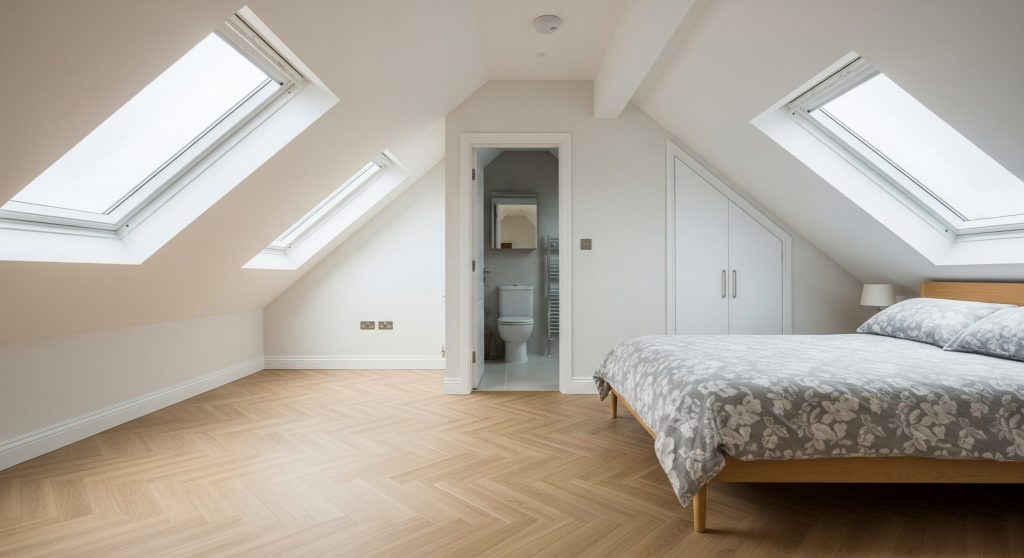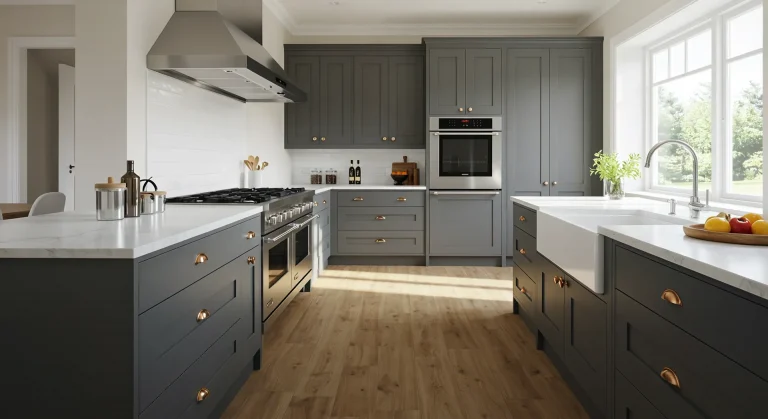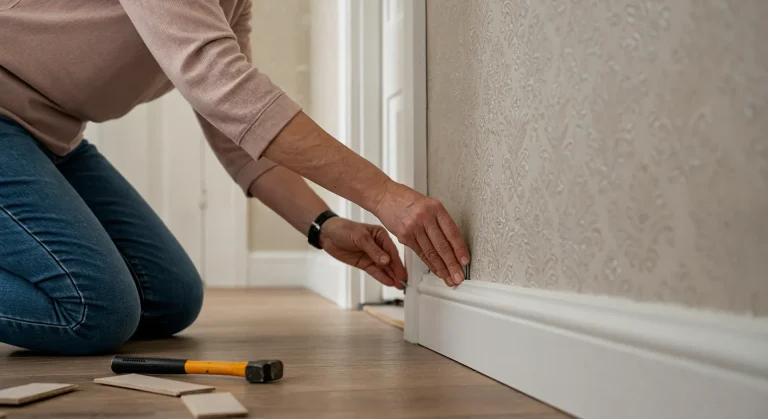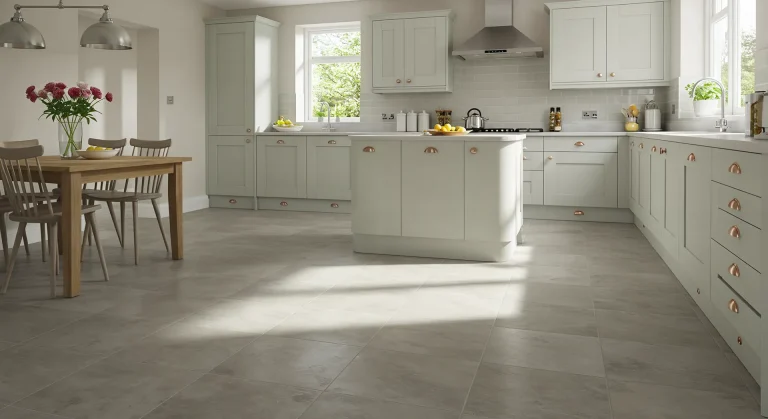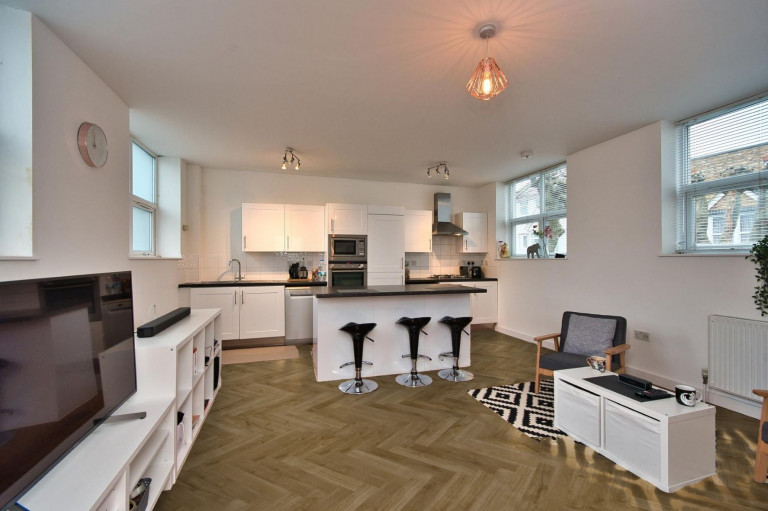Converting a loft is one of the most effective ways to add space and value to a UK home. Whether you are creating a master suite, a home office, or a playroom, that new room at the top of the house has immense potential. However, a loft presents a unique environment compared to the rest of your home. It is subject to greater temperature fluctuations, noise transfer to the rooms below, and specific structural considerations regarding weight. This means choosing the right loft flooring is a critical decision.
You need a floor that is relatively lightweight, offers excellent sound insulation, and can handle the specific conditions of a roof space. In 2025, three main contenders stand out for UK loft conversions: engineered wood, laminate, and vinyl click flooring. This guide will break down the pros and cons of each to help you find the perfect finish for your new level.
Jump to Section:
- Why Loft Flooring Needs Special Consideration
- Option 1: Laminate Flooring – The Budget-Friendly All-Rounder
- Option 2: Vinyl Click Flooring (LVT) – The Quiet & Waterproof Choice
- Option 3: Engineered Wood – The Premium & Stable Solution
- The Critical Role of Underlay in Lofts
- Which Loft Flooring is Right for You?
Why Loft Flooring Needs Special Consideration
Before picking a colour, you must understand the practical demands of a loft:
- Noise Reduction: This is often the #1 priority. Footsteps in a loft can thunder down into bedrooms below. Hard flooring needs specific acoustic management.
- Temperature & Humidity: Lofts can get very hot in summer and colder in winter. Your loft flooring needs to be stable enough to withstand these shifts without warping.
- Weight: While modern conversions are reinforced, adding excessive weight (like heavy stone tiles or thick solid wood) is generally discouraged. Lighter “floating” floors are ideal.
- Access: Getting materials up tight staircases is tricky. Packaged planks are much easier to manoeuvre than large rolls of carpet or long solid wood boards.
Option 1: Laminate Flooring – The Budget-Friendly All-Rounder
Laminate remains a massive favourite for loft flooring in the UK due to its affordability and durability.
- Why it works for lofts: It is lightweight and easy to carry up stairs in boxes. The click-lock system makes it perfect for DIY installation. Modern high-quality laminate (AC4 or AC5 rated) is incredibly scratch-resistant, making it ideal for a loft home office with rolling chairs or a playroom.
- Style: Available in endless wood effects, from scandi-pine to grey oak, allowing you to match any decor style.
- Consideration: Laminate can be “clicky” and loud. You must pair it with a high-quality acoustic underlay to dampen footfall noise for the rooms below.
Option 2: Vinyl Click Flooring (LVT) – The Quiet & Waterproof Choice
Luxury Vinyl Tile (LVT), specifically rigid core click vinyl (SPC), is fast becoming the top choice for modern loft conversions, especially those including an en-suite.
Why it works for lofts:
- Acoustics: Vinyl is naturally softer and quieter underfoot than laminate, reducing that “drumming” sound.
- Waterproof: It is 100% waterproof. If your conversion includes a bathroom or wet room, you can run the same flooring seamlessly from the bedroom into the en-suite.
- Stability: Rigid core SPC vinyl is incredibly stable and handles the temperature fluctuations of a roof space better than almost any other material.
- Warmth: It feels warmer to the touch than laminate, making it cosy for a bedroom.
Consideration: The subfloor needs to be smooth and flat, as vinyl can telegraph imperfections.
Option 3: Engineered Wood – The Premium & Stable Solution
If you want the genuine look and feel of real wood, engineered wood is the only viable option for a loft. Solid wood is generally too unstable for the temperature changes in a roof space.
- Why it works for lofts: Engineered wood has a real hardwood top layer backed by a stable plywood or HDF core. This construction stops it from warping or shrinking excessively in the variable loft climate. It adds a significant “wow factor” and value to a master suite conversion.
- Style: Unmatched authenticity. Nothing beats the texture and grain of real oak or walnut.
- Consideration: It is heavier and more expensive than the other options. Like laminate, it requires a good acoustic underlay to minimise noise transfer.
The Critical Role of Underlay in Lofts
Regardless of which loft flooring you choose, underlay is non-negotiable. In a loft, you aren’t just smoothing the subfloor; you are protecting the peace and quiet of the house below.
- For Laminate & Engineered Wood: Invest in a specialist acoustic underlay (often made from sponge rubber or dense foam) with a high decibel (dB) reduction rating.
- For Vinyl Click: Many SPC vinyls come with built-in underlay. If yours doesn’t, ensure you use a specific high-density vinyl underlay to support the joints while reducing sound.
Which Loft Flooring is Right for You?
- Choose Laminate if: You are on a budget, creating a home office or playroom, and want a durable, scratch-resistant surface.
- Choose Vinyl Click if: You want the quietest hard floor option, you have an en-suite bathroom, or you want the most stable floor for temperature changes.
- Choose Engineered Wood if: You are creating a luxury master bedroom, budget is less of a concern, and you want the authentic beauty and value of real timber.

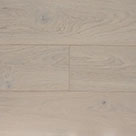 Light
Light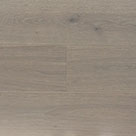 Grey
Grey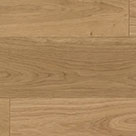 Natural
Natural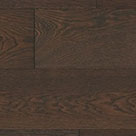 Dark
Dark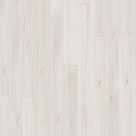 White
White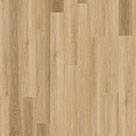 Light
Light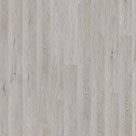 Grey
Grey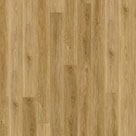 Natural
Natural Dark
Dark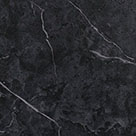 Black
Black